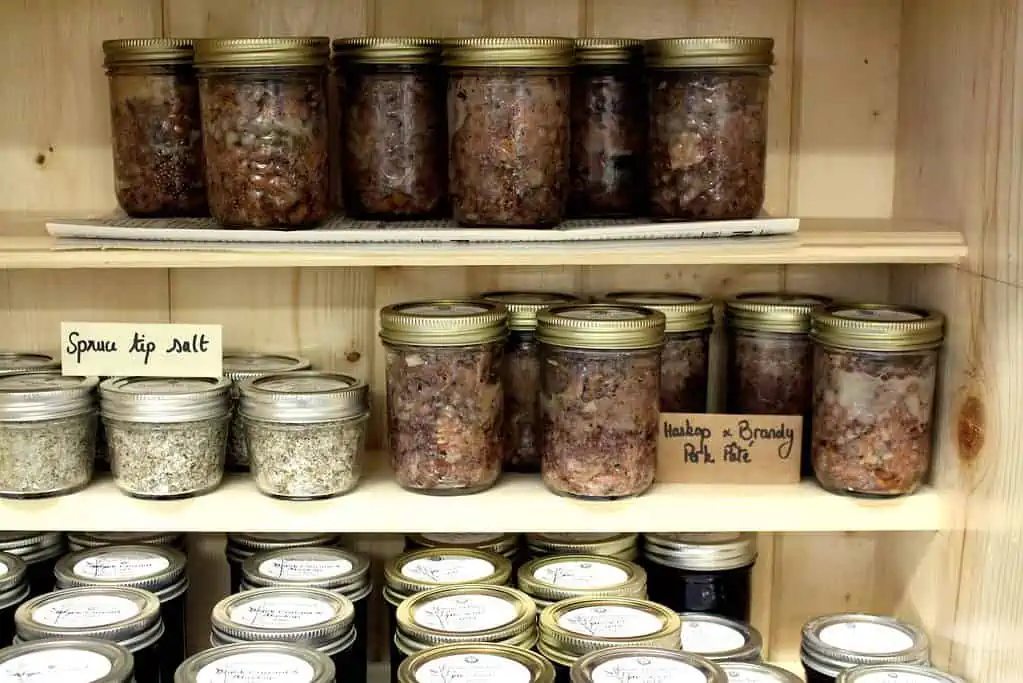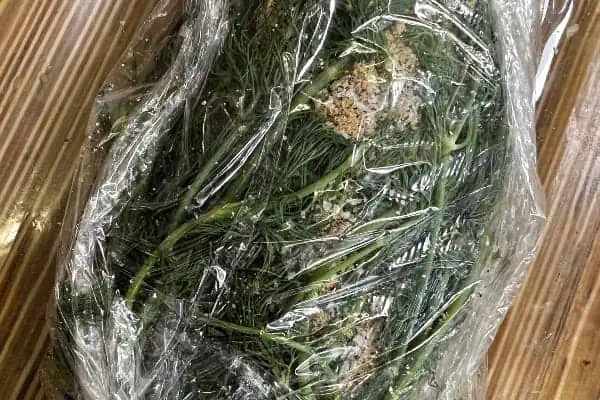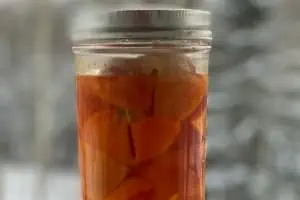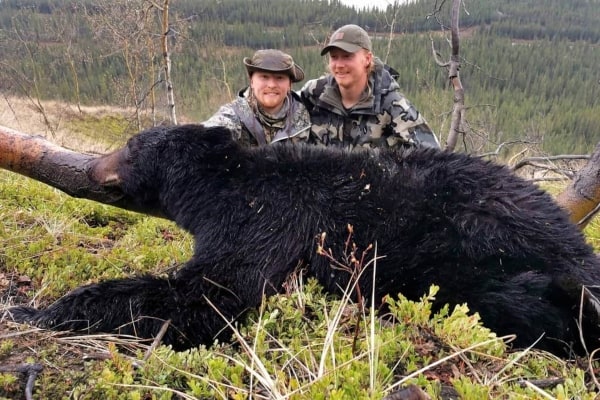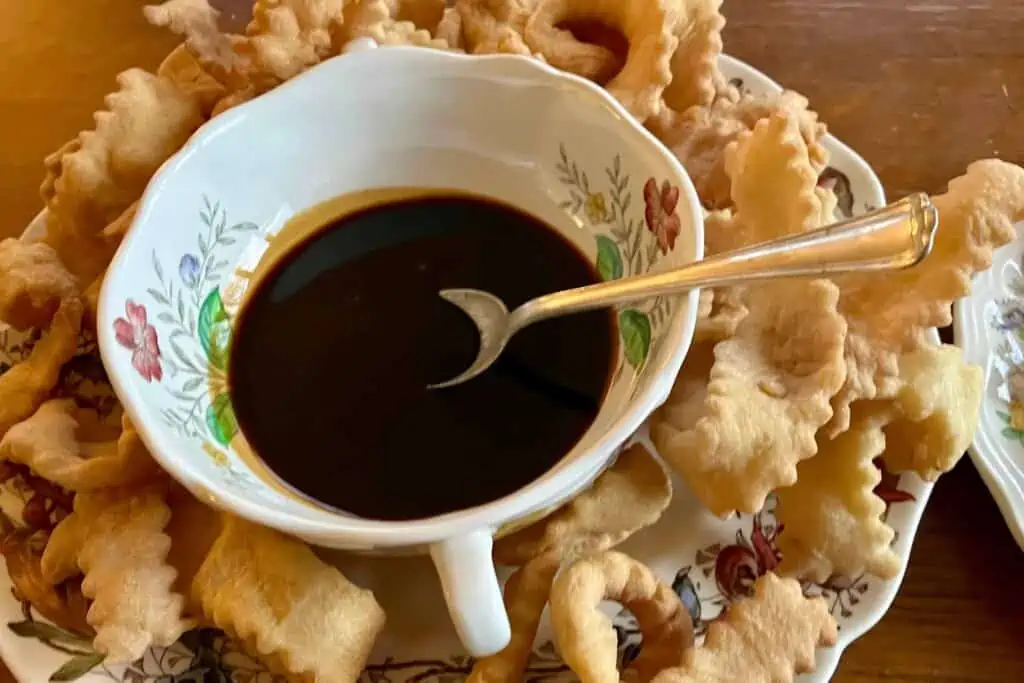Offal —literally “off-fall”— refers to those parts of an animal carcass that have fallen off during butchering. While muscles represent more than a third of the weight of cattle, by-products including side meats, bones, skin, and intestines constitute most of the animal body.
The brain, the trotters (aka feet), kidney, liver, sweetbreads (pancreas) and tripe (stomach) often end up in the bin in most western cities these days. That’s not always been the case though. In the distant past, bone marrow and offal were seemingly eaten raw, smoked or dried. Made of sheep’s stomach stuffed with a boiled mix of liver, heart, lungs and rolled oats, traditional Scottish haggis is another example of how these meats use to be treated.
In France and Italy, consumption of various mammals’ organs is still widespread. Typically cooked in the countryside and brought to light by chefs in cities all over the world, you might have heard of pâté, foie gras, boudin (blood sausage), trippa or vastedda (boiled spleen cooked in lard). In Africa, part of South America and most of Asia, those trimmings are also very commonly considered affordable and nutritious protein meals.
To bring this tradition back to life in North America, some agrarians are re-appreciating these meats. Barbara and Bill Drury at Circle D Ranch offer an example of sustainable meat production and nose to tail eating. This fall, the couple is butchering their five pigs and 15 of the 30 Angus cows they keep on 300 acres north of Whitehorse.
“When taking the life of an animal, we need to show them respect and one of the ways is utilising as much of the carcass as possible,” says Barbara Drury. For the last 40 years, the farmer has prepared bone broth for her family and customers. “Many of the nutrients from the beef and pig bones are very good for us—our digestive system, aching joints, bones or teeth—in a form that our body can assimilate.”
This year, the farmers at Circle D will save the tripe, heads and red offal, in addition to the bones, to make a range of products. Cleaned in the clear water from their creek, the cow stomachs will be slowly cooked with the carrots and parsley of their garden and transferred into jars for the cold winter. The pig and cow heads will be turned into pâté, marinated with brandy and haskaps.
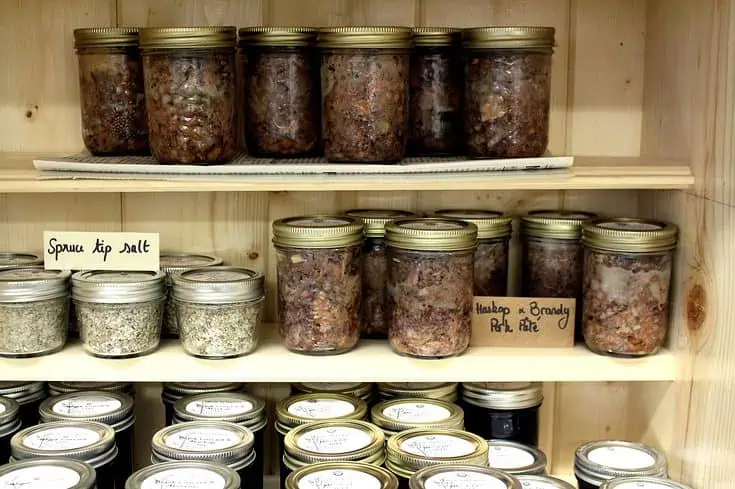
Tripes Stew à la mode de Caen
Ingredients
Instructions
Sophie André is a Yukon-based writer. She works for Circle D Ranch.

